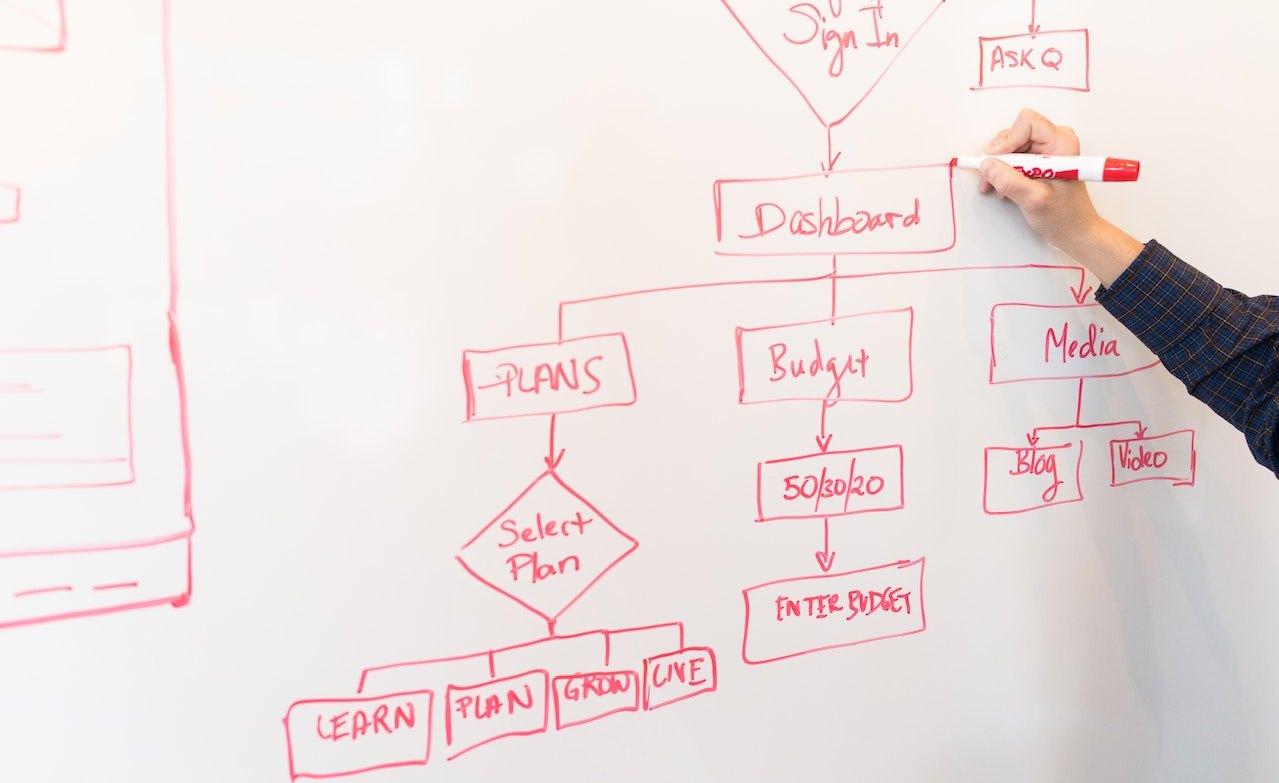Your organization’s underlying business processes are a critical cog in building a customer-centric and digital ecosystem. Therefore, these processes must be correctly modeled, mapped, optimized, and automated, to generate greater value for the customer. To make this happen, process modeling software can help. The software will set a strong start to your process optimization, making it easier to streamline processes while eliminating bottlenecks and inefficiencies.
What is Process Modeling?
Process modeling is a technique that uses a graphical representation to map out your organizational business processes. It uses a web-based, drag-and-drop process modeler tool to design simple and complex business processes.
Similar to a flow chart, a process modeler outlines individual steps of a process to give a holistic view of tasks in the process cycle. The modeling software allows you to represent processes in a way that can be transformed into a live automated process. It is an essential component for effective business process management and automation.
Benefits of Process Modeling Software
Listed here are some benefits of implementing process modeling software:
- Process improvement and agility: By visualizing the business process mapped, you get a clear picture of how each process works in the current state and constantly improve them
- Business orchestration and efficiency: Process modeler contributes towards enhancing the efficiency of your business processes, supports increased collaboration amongst users and systems
- Standardization across departments: In cases where multiple processes in an organization involve similar steps or repetitive tasks, a process modeler allows to identify best practices across functions and implement procedures in a seamless manner, thereby ensuring consistency and standardization
- Competitive differentiation: An organization that has aligned its operations with its strategy, is adaptable and nimble, has control over its processes, and works smoothly is much more likely to deliver transformed and differentiated experiences, thereby gaining a competitive advantage
In a nutshell, process modeling helps you continuously improve processes with a systematic approach and facilitate periodic testing of the waters for course adjustment.
You might be interested in



25 Sep, 2025
Transforming Enterprises with Newgen’s Business Process Management Software

